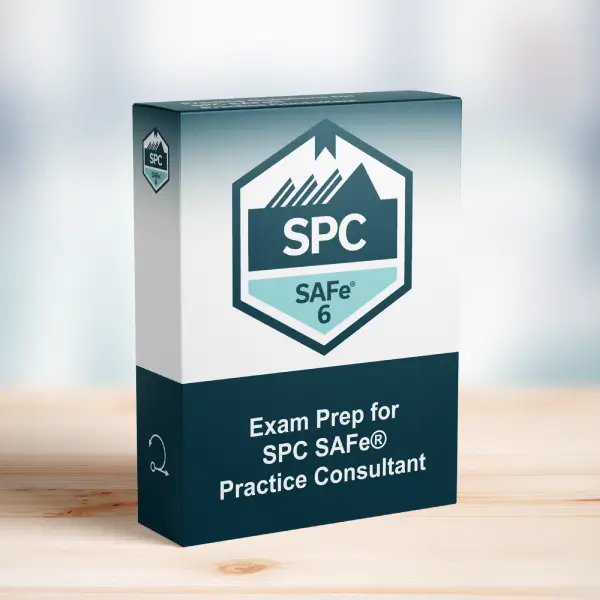Applying SPC Principles in Practice
This article analyzes a core SPC competency area and how it impacts enterprise-scale Agile transformations.
Exam Question
Which of the following is a reason to manage Epic flow with the Portfolio Kanban?
(choose the best answer)
A. It creates a container for work to be visible
B. It brings structure to decision-making
C. It removes the need to analyze Epics
D. It enables independent decision-making by stakeholders
Correct Answer
B. It brings structure to decision-making
Explanation
Correct Answer
B. It brings structure to decision-making:
This response aligns with SPC principles and SAFe guidance for this situation.
Incorrect Answers
A. It creates a container for work to be visible:
This option does not directly relate to the concept emphasized in this SAFe principle.
C. It removes the need to analyze Epics:
This option does not directly relate to the concept emphasized in this SAFe principle.
D. It enables independent decision-making by stakeholders:
This option does not directly relate to the concept emphasized in this SAFe principle.
Applying SPC Principles
- SPCs guide lean-agile implementation across large organizations.
- They coach teams, ARTs, and leaders to apply SAFe effectively.
- System thinking and flow optimization are core responsibilities.
Relevance to the SPC Exam
This question format mirrors the actual SPC exam. Understanding the SPC’s role and decision-making logic is essential for passing and for leading transformations.
Key Takeaways
- SPCs guide enterprise-wide Lean-Agile adoption.
- SAFe encourages systemic thinking and long-term enablement.
- Traditional, rigid planning approaches are not effective in SAFe.
Conclusion
Understanding this concept is critical for mastering SAFe roles and passing the SPC exam. For structured practice, visit our SPC Exam Prep.
Read more:



